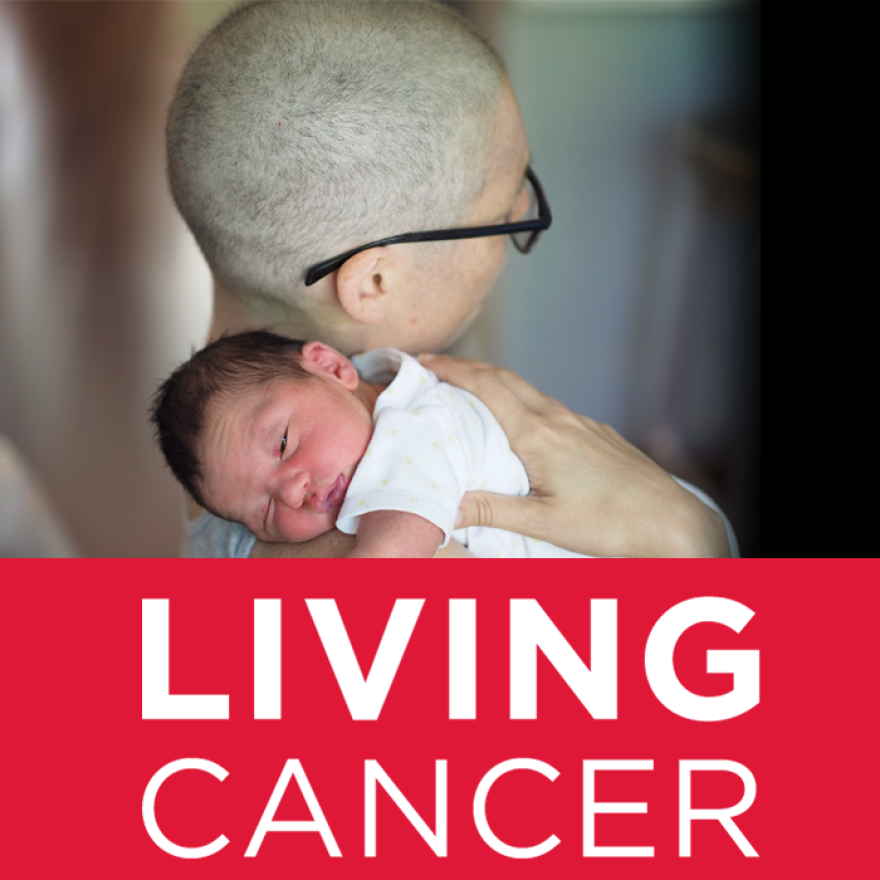While a cure for cancer remains elusive, we already know how to keep many cases of the disease from developing in the first place.
People can reduce cancer risks by keeping a healthful weight and avoiding cigarettes.
But smoking, obesity and other major cancer risk factors remain common, and they still vary widely across the country.
Researchers working with the American Cancer Society recently compiled nationwide survey data on rates of smoking, obesity, lack of exercise and poor diet — all factors that significantly increase lifetime risks of developing or dying from cancer.
The researchers also looked at the adoption of early prevention methods, such as cancer screenings, skin protection and vaccinations.

What did they find? A mixed bag of incremental progress that, in some cases, depends on where Americans live, their race or ethnicity, their socioeconomic status — and, of course, whether they have health insurance. The researchers relied on data collected by the Centers for Disease Control and Prevention.
"Much of the suffering and death from cancer could be prevented by more systematic efforts to reduce tobacco use, improve diet, increase physical activity, reduce obesity and expand the use of established screening tests," the authors wrote in the biennial report.
The research focuses on the most common — and preventable — risk factors for cancer, with some cross tabulations by gender, age and other variables. (You can read those here).
The society estimates that about 1.6 million people in the U.S. will develop cancer this year. Topping the list of risk factors is tobacco use, particularly smoking, which could contribute to as many as 170,000 cancer deaths in the U.S. this year, according to the society.
Overall, adult smoking rates are down: from 23.5 percent in 1999 to 17.8 percent today. The report found that rates have fallen among all education levels, but particularly among people with undergraduate and graduate degrees.
In general, the state-by-state prevalence of the risk factors varied widely (view a complete table at the bottom of this post). That's true with smoking: Only 10 percent of adults in Utah reported being current smokers, for example, compared with 27.3 percent of those in West Virginia.
This map shows the variation, with many states in the South leading the country in smoking rates:
Obesity, poor nutrition and physical inactivity are also major risk factors for cancer, second only to smoking.
In 2013, more than two-thirds of Americans were overweight or obese. The prevalence of weight problems increased rapidly after the mid-1970s but has stabilized in recent years, according to the report.
Like smoking, obesity varies by state — again with higher rates in parts of the South. (See map at top of post.) About 21 percent of adults in Colorado are obese, compared with 35.1 percent of those in Mississippi, which has the highest rates in the country.
The researchers found that the proportion of Americans who meet physical activity and nutrition guidelines remains low. For example, only 15 percent of adults report eating three or more servings of vegetables each day.
The three maps below show the rates for adults who reported getting no leisure-time physical activity for 30 days — as well as those who reported not eating at least two daily servings of fruit or three daily servings of vegetables.
(Darker shades in all these maps show higher instances of behaviors that increase risk for cancer. With smoking, obesity and lack of exercise, higher rates are represented with darker shades. With fruit and vegetable consumption guidelines, however, areas with places with lower rates are in darker shades.)
In addition to documenting the risk factors, the researchers also studied the prevalence of prevention efforts, such as breast and colorectal screenings, abstaining from tanning machines and vaccinations associated with decreases in some cancers.
The researchers note that the rate of colorectal screening remains lower than that of breast and cervical cancer.
Screening rates vary by geography and socioeconomic classes as well. About 60 percent of people age 50 or older have received a recent colorectal test, which can detect cancers, of course, but also help prevent them by spotting precancerous polyps. But only 22 percent of people without health insurance have received such a test.
"There's a lot of room for improvement across all cancer screening types among the uninsured and among lower socioeconomic populations," said Stacey Fedewa, director of risk factor screening and surveillance at the American Cancer Society.
We've compiled all the risk data in the table below which, like the maps, uses darker shades to represent higher instances of risk. The table is separated by region, which makes it easy to see how some areas of the country face higher risk factors than others. You can read the full report, with highlights annotated by NPR, here.
Matt Stiles, a former data editor on NPR's visuals team, is a freelance writer based in Seoul, South Korea. Follow him @stiles.
Copyright 2021 NPR. To see more, visit https://www.npr.org.

